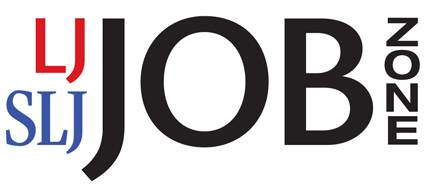Survey Findings: “NTIA Data Reveal Shifts in Technology Use, Persistent Digital Divide” (Internet Use 2019)
From the National Telecommunications & Information Administration (NTIA):
Today, NTIA is releasing results of its latest NTIA Internet Use Survey, which show that nearly 4 out of 5 Americans were using the Internet by November 2019, and are increasingly using a larger and more varied range of devices. Even as seniors and other demographic groups reported encouraging increases in Internet use, the data show that a persistent digital divide still exists based on income levels, age groups, and race, among other factors.
This is the fifteenth edition of the survey—the product of a partnership between NTIA and the U.S. Census Bureau that spans a quarter century—and it includes over 50 detailed questions about computer and Internet use administered to approximately 50,000 households across all 50 states and the District of Columbia. The NTIA Internet Use Survey is a vital data source for policymakers, researchers, and advocates seeking to understand critical questions related to Internet use and help bridge the digital divide.
[Clip]
We have also updated our Data Explorer visualization tool to include the latest estimates for dozens of tracked metrics, enabling users to easily see the latest results either on a state-by-state map or charted over time. And for those researchers who want to use NTIA Internet Use Survey data in their own studies, this summer we will continue our long-standing practice of publicly releasing a complete dataset, along with extensive technical documentation and sample code.
Internet Use in 2019
Overall, the proportion of Americans ages 3 and older using the Internet from any location increased modestly from 78 percent in 2017 to 79 percent in 2019. The pace of growth in Internet use has been relatively stable over the past decade, increasing by 11 percentage points since 2009. However, some demographic groups remained less likely to go online than their peers; for example, African Americans and Hispanics were 7 percentage points less likely to use the Internet, and Asian Americans were 4 percentage points less likely to do so, compared with White non-Hispanics (see Figure 1).
The gaps between Whites and other groups in 2019 were statistically significant and require further study. Among Asian Americans in particular, there was also a small decline in estimated Internet use overall, though the difference from 2017 is within the margin of error. The trend across over two decades of NTIA Internet Use Surveys is encouraging, as disparities in Internet use based on race and ethnicity have narrowed significantly.
Breaking out Internet use along other demographic lines revealed largely similar trends. Internet use among Americans with family incomes below $25,000 per year increased from 62 percent in 2017 to 65 percent in 2019, though this was still far short of the 87 percent of those with annual family incomes of $100,000 or more. Seniors ages 65 and older experienced one of the largest gains in Internet use of any demographic group, increasing their use by 5 percentage points to 68 percent.
Read the Complete Blog Post, View Charts
Filed under: Data Files, News, Patrons and Users
About Gary Price
Gary Price (gprice@gmail.com) is a librarian, writer, consultant, and frequent conference speaker based in the Washington D.C. metro area. He earned his MLIS degree from Wayne State University in Detroit. Price has won several awards including the SLA Innovations in Technology Award and Alumnus of the Year from the Wayne St. University Library and Information Science Program. From 2006-2009 he was Director of Online Information Services at Ask.com.


